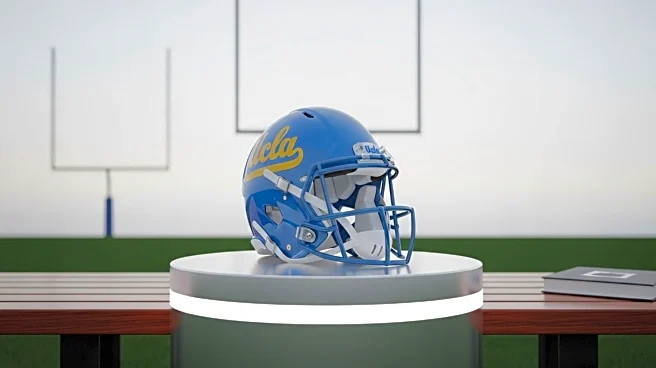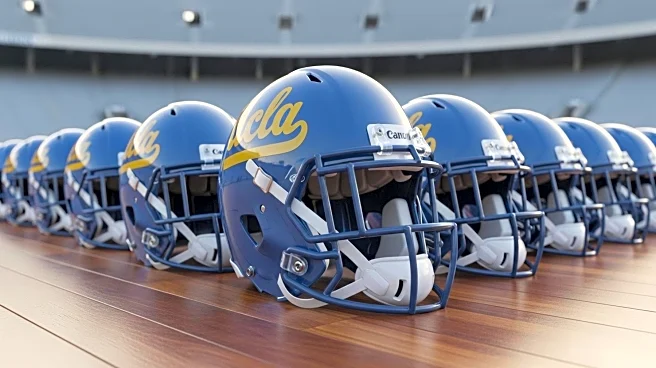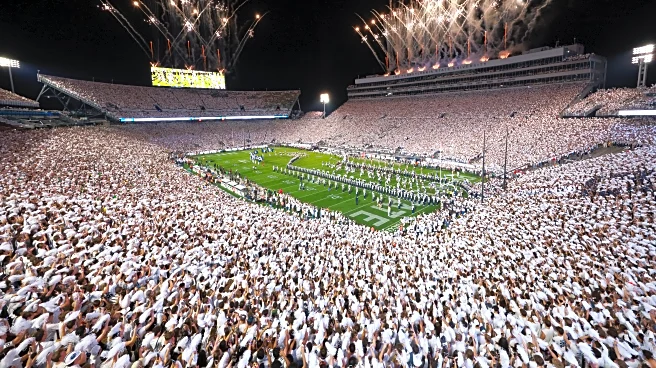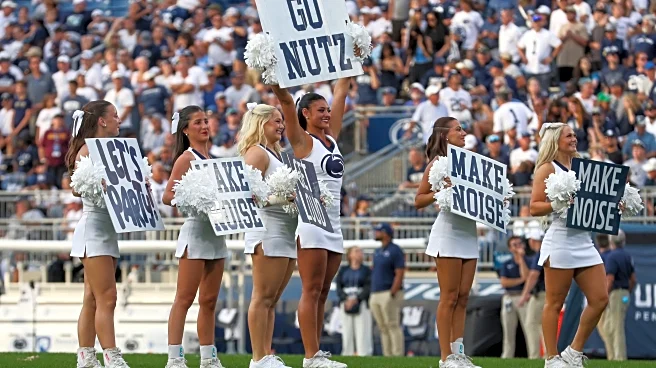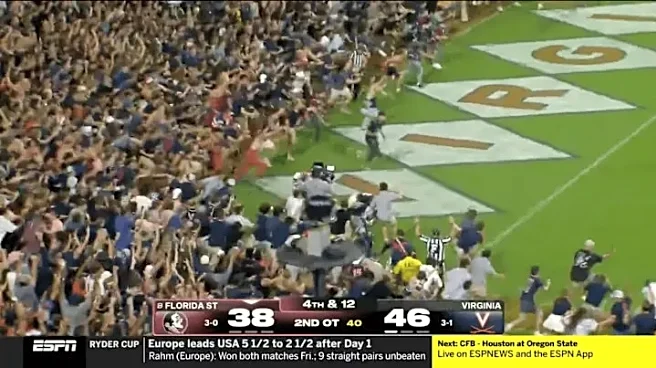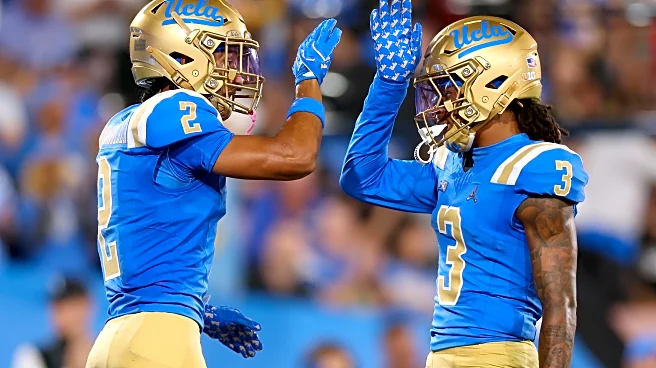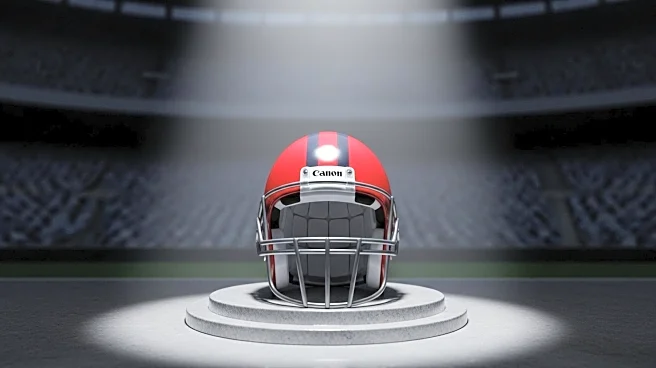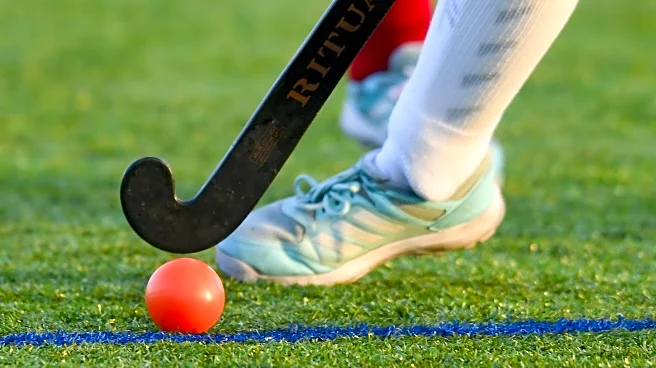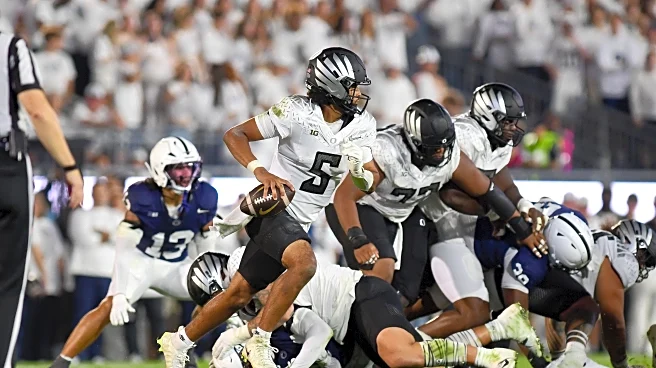What's Happening?
UCLA's football team is navigating a period of uncertainty as it reaches the four-game threshold for redshirting players and the halfway point of the 30-day window for entering the transfer portal. Interim coach Tim Skipper has reported that no players have yet indicated plans to redshirt or transfer, but decisions are still pending as the team prepares to face Penn State. The situation is further complicated by recent developments at Virginia Tech, where a redshirting player's decision has led to legal interpretations of NCAA bylaws regarding scholarship and revenue-sharing payments. UCLA's recent coaching changes have also led to a partial overhaul of their defensive playbook, with adjustments being made on a week-to-week basis.
Why It's Important?
The decisions made by UCLA players regarding redshirting and transferring could significantly impact the team's performance and dynamics for the remainder of the season. The legal situation at Virginia Tech highlights potential challenges in NCAA regulations that could affect player eligibility and financial arrangements. For UCLA, maintaining a full roster is crucial as they face a challenging schedule, including a game against a high-scoring Penn State team. The team's ability to adapt to new coaching strategies and maintain player morale will be critical in navigating this period of transition.
What's Next?
As UCLA approaches its next game against Penn State, players will need to decide whether to continue playing or opt for redshirting, which would preserve their eligibility for future seasons. The coaching staff will continue to adapt their strategies to accommodate the evolving roster and the unique challenges posed by each opponent. The outcome of the Virginia Tech situation may also influence how NCAA regulations are interpreted and enforced in the future, potentially affecting decisions made by players and schools nationwide.
Beyond the Headlines
The situation at UCLA and Virginia Tech underscores broader issues within college athletics, including the balance between player rights and institutional regulations. The evolving landscape of college sports, with increasing legal scrutiny and financial considerations, may lead to significant changes in how player eligibility and compensation are managed. These developments could have long-term implications for the NCAA and its member institutions, as well as for the athletes themselves.

